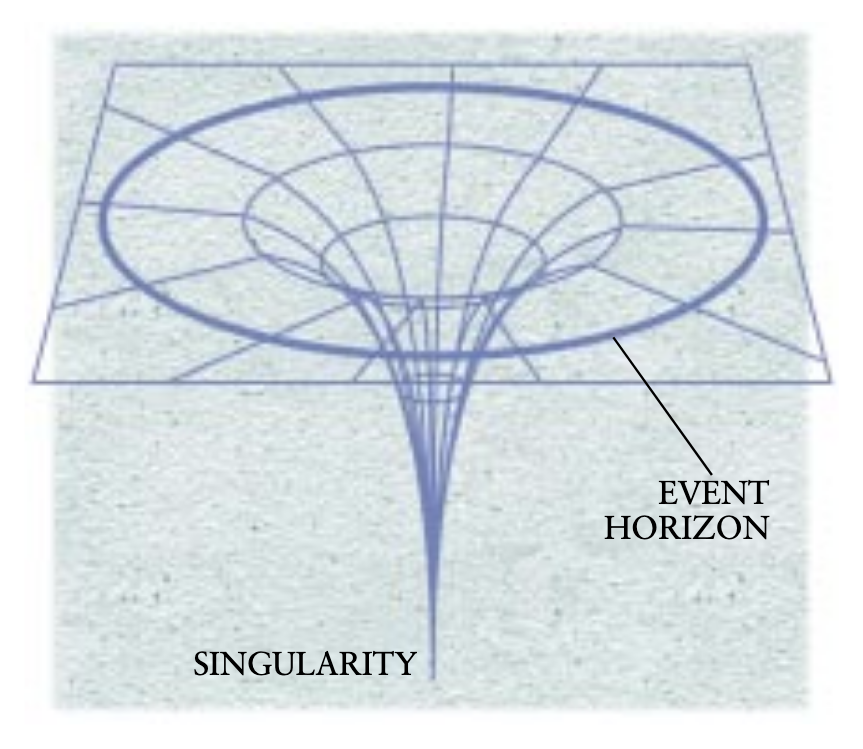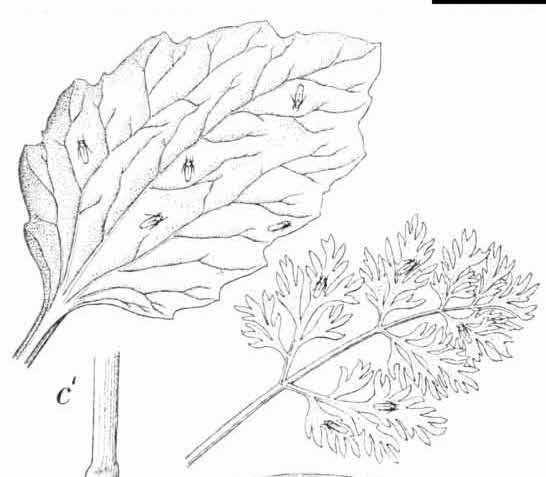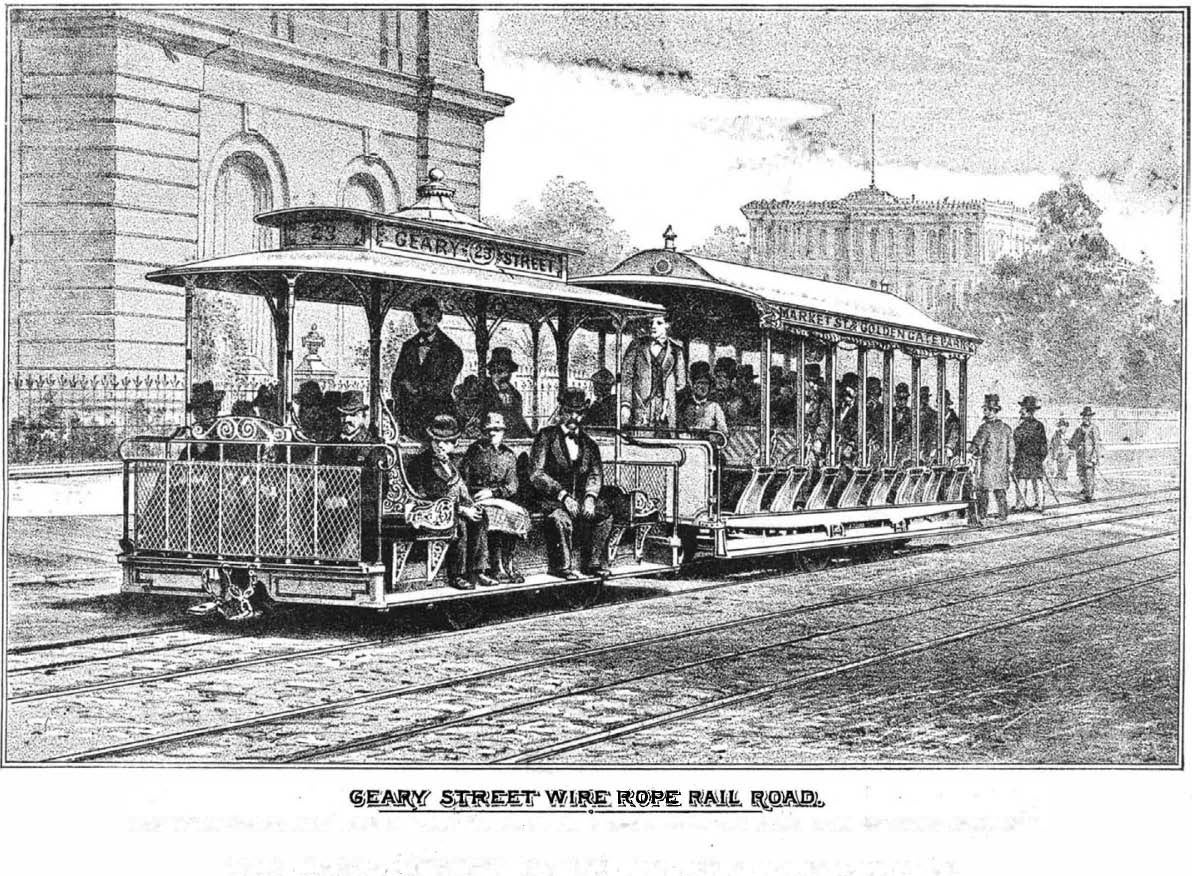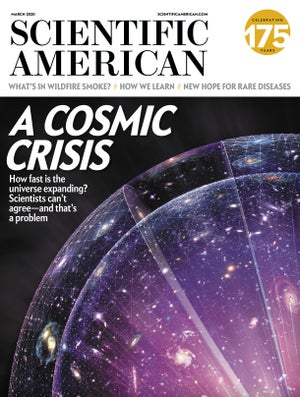| Dear Reader,
We celebrate March with a brief history of the life, contributions and musings on physics of Stephen Hawking, two years after his death. More dismally, coronavirus is very much in the news, so we don’t need to go into that here, but we ought to consider the biology of other viruses—some of which are described as “useful.” And although epidemiologists might not like it, mass transit keeps a city running, and has for well over a century.
And for our 175th anniversary year, more gems from Scientific American’s history can be found at Artifacts from the Archive.
|












Comments
Post a Comment